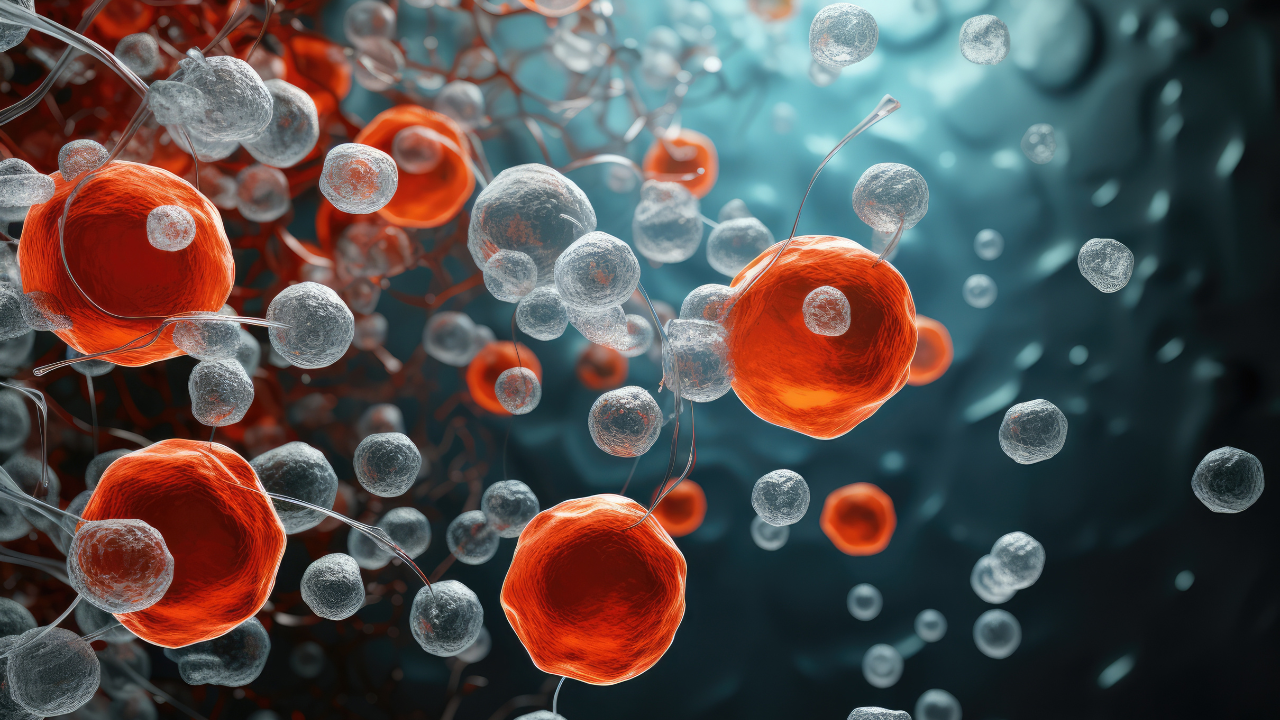Deadly Brain Tumors May Be Treatable with New CAR-T Therapy, Study Suggests
The therapies are still in the early stages of development, but researchers are optimistic about the results.
Stock.adobe.com

It’s not often that a treatment makes high ranking members of the American Cancer Society say “whoa.”
That’s what happened when Dr. Otis Brawley discussed the results of three recent CAR-T therapies, however. According to a report from CNN,1 the former chief medical officer of the American Cancer Society was highly impressed not just by the results of the studies, but at the speed at which the treatments seemed to work.
The studies revolved around treatments for gliobastoma, an incredibly hard to treat and often deadly form of brain cancer. The vast majority of patients don’t survive three years after diagnosis, with the average only making it 14 months.
The new studies referenced in the report involve treatments that are designed to reprogram the body’s immune response in a way that allows it to attack the tumors. The brain tumors that develop as a result of gliobastoma deceive the body by tricking the body into releasing a naturally occurring T-cell that can suppress the immune response, allowing the tumors to continue to grow.
At least one of the therapies reprogramed the body’s response so that the suppressor T-cells will instead attack the tumors. The results of the studies showed, in some cases, the tumors shrinking, and even disappearing, very quickly. In some cases, results were noticeable within just a few hours.
Another one of the studies referenced in the report used CAR-T therapies to target a specific protein created by the brain tumors (interleukin-13 receptor alpha 2).
However, it’s important to note that these studies are still in the early stages. Also, why the therapy was successful at shrinking and, in some cases, destroying the tumors, the many patients saw their cancer come back within a fairly short time period (within a month or two in some cases). While the CAR-T therapies showed promise at reducing the tumors, in most cases they were not a cure for cancer and the tumors did return.
Some patients involved in the studies did see their tumors disappear and not return, although these cases are described as outliers.
Researchers believe that with some adjustments, they can improve the treatment’s response. Despite the temporary impact of the treatment, the results are still considered to be highly impressive. Brawley told CNN that the impact of the treatment on the tumors was “shocking” to him.
Dr. Donald O’Rourke is the lead researcher on the of a trial at the University of Penn that combined the methods of the two other studies.
He discussed some of the side effects of the studies with CNN, saying, “When you treat someone with this powerful treatment in the brain who has a lot of tumor in there, the brain gets very inflamed, and they basically have a long, low-grade kind of chronic weakness syndrome. That is the result, sort of like a low-grade smoldering meningitis, because you’re actually putting immune cells in the spinal fluid, and they’re active, and they’re not supposed to be there.”
To combat this, he believes that patients will fare better when treated earlier when the tumors are smaller.
Source
- Goodman, Brandon. Living Drugs That Reprogram Patients' Immune Cells Show Early Promise Against Hard-to-Treat Brain Tumors. CNN. March 13, 2024. Accessed March 15, 2024. https://www.cnn.com/2024/03/13/health/car-t-therapy-glioblastoma/index.html
Addressing Disparities in Psoriasis Trials: Takeda's Strategies for Inclusivity in Clinical Research
April 14th 2025LaShell Robinson, Head of Global Feasibility and Trial Equity at Takeda, speaks about the company's strategies to engage patients in underrepresented populations in its phase III psoriasis trials.
Beyond the Prescription: Pharma's Role in Digital Health Conversations
April 1st 2025Join us for an insightful conversation with Jennifer Harakal, Head of Regulatory Affairs at Canopy Life Sciences, as we unpack the evolving intersection of social media and healthcare decisions. Discover how pharmaceutical companies can navigate regulatory challenges while meaningfully engaging with consumers in digital spaces. Jennifer shares expert strategies for responsible marketing, working with influencers, and creating educational content that bridges the gap between patients and healthcare providers. A must-listen for pharma marketers looking to build trust and compliance in today's social media landscape.
Pfizer, GSK Gain ACIP Recommendations for RSV and Meningococcal Vaccines
April 18th 2025The Centers for Disease Control and Prevention’s Advisory Committee on Immunization Practices voted to expand access to Pfizer’s respiratory syncytial virus vaccine Abrysvo for high-risk adults in their 50s and voted in favor of GSK’s meningococcal vaccine, Penmenvy, for streamlined adolescent protection.